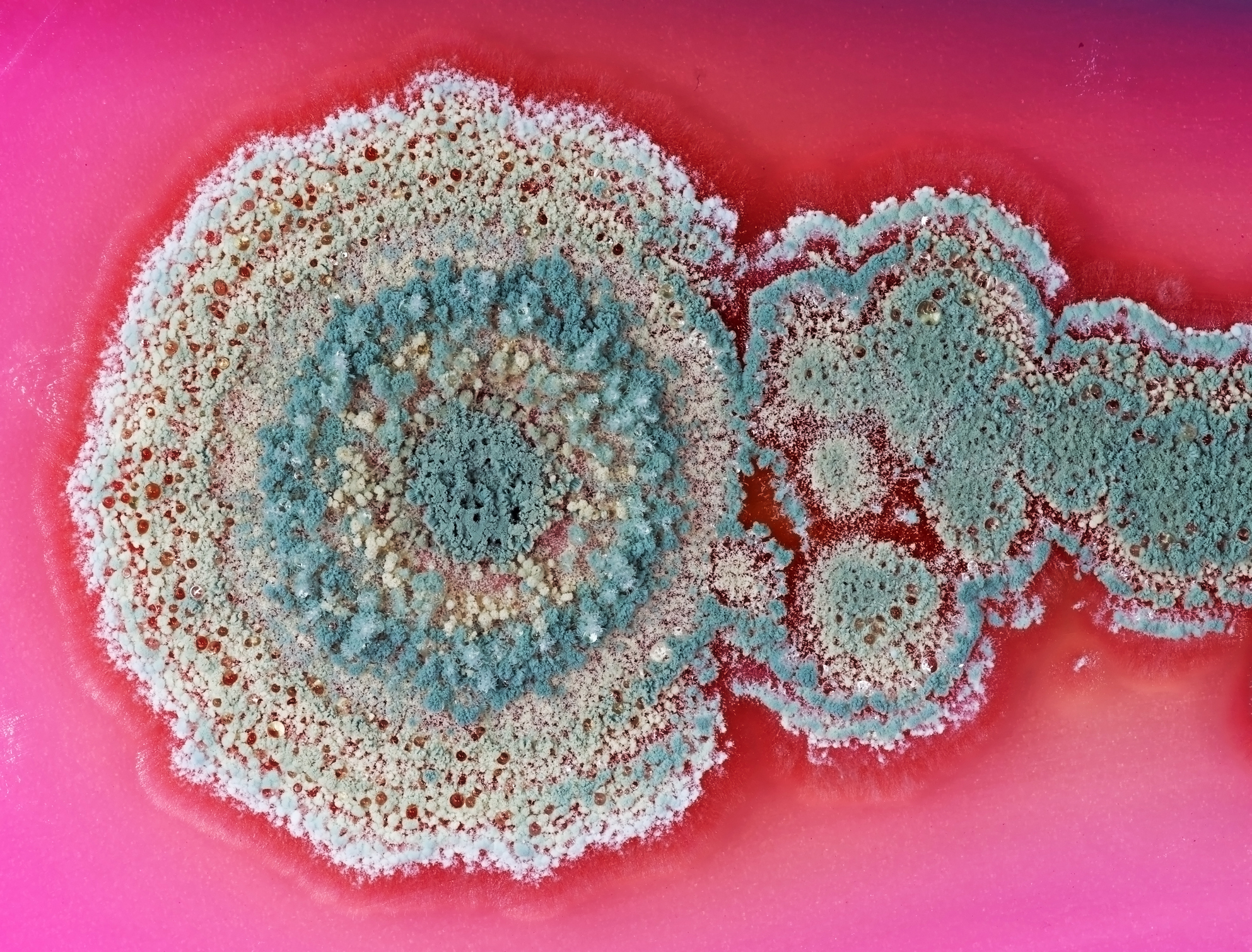

By now, you’ve probably heard that cases of Candida auris, a fungal infection that can be deadly, are on the rise globally.
Most recently it’s been reported to have ramped up in China — but now, cases have emerged in Washington State.
But the truth is, cases reported in the U.S. have been on the rise since 2016, with a sharp increase occurring from 2020 to 2021.
Only time will tell if we’ll see the fungus begin to spread to more states with this outbreak, but regardless, it’s important to have the facts…
The Centers for Disease Control and Prevention (CDC) has labeled the fungus as an urgent emerging threat for drug resistance.
So what do you need to know about C. auris and how can you determine whether you or your family is at risk?
What is C. auris?
Candida auris or C. auris is actually yeast that belongs to a group of organisms known as fungi.
It may even sound familiar to you because the Candida species are the most common causes of fungal infection. Most of them produce mild infections, in people. These can include issues like:
- Vaginal yeast infections
- Athlete’s foot
- Nail fungus
- Thrush infections of the mouth
However, while these types of Candida infections are treatable, C. auris is another story…
Why is C. auris so dangerous?
The reason doctors across the country, as well as the CDC, are on the lookout for C. auris infections is that the fungus is multi-drug resistant.
This means that if you are infected, it can be difficult, if not impossible, to find a drug that will work against it. In fact, there are only three effective antifungal drugs available.
The fungus can also spread rapidly, survive even highly stringent infection control measures, live in fabrics like sheets and clothes and last on hard surfaces for at least 28 days.
That makes it very easy to be exposed, especially for people in a healthcare setting.
It can slip into your bloodstream through a simple cut or scrape, or through an IV, a catheter or other tubes that enter the body. C. auris can even colonize your skin, living in folds and creases, and turning you into a carrier who can spread the fungus to your loved ones or surfaces in other settings.
Who’s at risk from C. auris?
With new research suggesting that fungal infections now account for around six percent of all global deaths, it’s vital to know what your risks are when it comes to C. auris.
The good news is that while anyone can be exposed to the fungus, most of us are able to fight it off.
However, some people are more susceptible than others. Those at the highest risk from the fungus are people who:
- Have been hospitalized for a long time
- Are in a nursing home
- Have a history of treatment with antifungal medications or antibiotics
- Have a compromised immune system due to issues like cancer or chronic obstructive pulmonary disease (COPD)
Suppose you visit someone in a hospital or healthcare facility. In that case, the best recommendation to prevent C. auris infection is to regularly wash hands with soap and water or use an alcohol-based hand sanitizer.
If C. auris does continue its spread across our country, it’s vital to keep in mind the risk level for you and your family.
Sources:
Worldwide fungal deaths twice as high as previously thought, research shows — The Telegraph
Increase in C. auris infection spurs new CDC measures — UCLA Health
Washington state faces first outbreak of a deadly fungal infection that’s on the rise in the US — NBCnews.com

